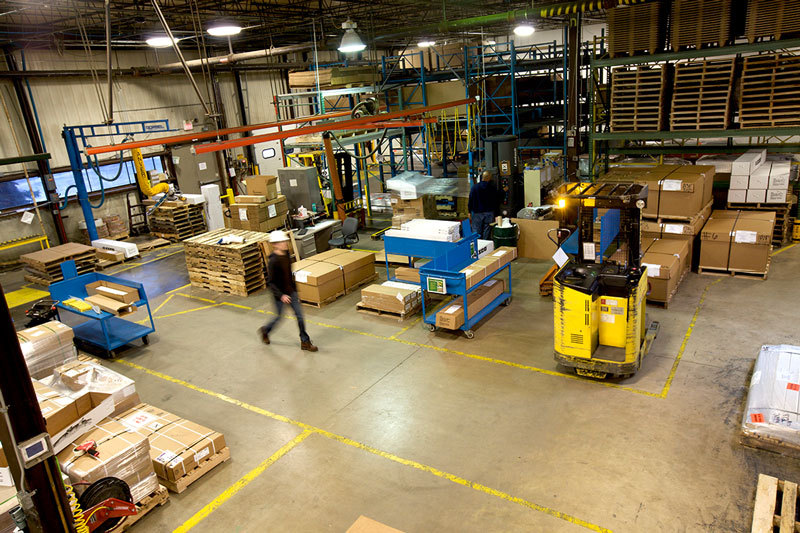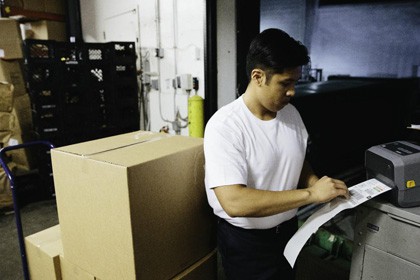Let’s face it, the world economy isn’t quite where we would love to see it nowadays. Profit margins all over the world are slipping, and every company big and small is looking for ways to eliminate waste in manufacturing processes. Leading experts have designated seven areas that are driving to wasted inventory, space, resources, time and cost.

1. Overproduction
The simple definition of overproduction is producing more and/or ahead of the demand. The result of poor forecasting is simple: stock taking up space, resources being wasted, costs exploding. How much effort has been paid to strict forecasting, and how much has been wishful thinking?
2. Waiting
The goal is to maximize both the time and function of your workers, equipment, and resources. The waste in manufacturing occurs when your next step, current step, or previous step is delayed, thus leading to your workers, equipment, and resources not being used.
3. Transportation

How long is the path to get your widget from procurement to your customer’s hands? How many times does the product get touched before it gets where it needs to go? Is someone touching a product just to say that they had their hands on it?
4. Non-Value Added Processing
The place where most small businesses grow is in their value add: what they do better and/or different than someone else. The question becomes: Is your value add actually worth it? Or are you simply adding cost, time, and overhead to say that you are?
5. Unnecessary Motion
In a perfect world, every tool that we need for a job will be right next to our desk perfectly labeled and always in stock. In this imperfect world though, inventory tracking is a simple solution that is a phone call away. Why have a worker walk across the plant for a box when you can do a site survey to know that he doesn’t need to waste the time
6. Excess inventory
Back to my perfect world, production cycles take but a moment, and forecasting is always perfect. In the real world, however, effort needs to be paid to how you can shorten your production cycle to maximize the strength of your supply chain. Parts sitting in inventory are not doing anything but taking up space and not making money. This leads to excess handling, avoidable motion, and most importantly: higher costs.
7. Defects
Face the facts. A defect is going to happen. The goal, however, should be a focus on preventing the occurrence of defects, rather than improving and repairing the ones that occur. Seems counter intuitive, doesn’t it? Focusing on fixing your mistakes after the fact, instead of before they even happen is what leads to waste.
So what’s the solution? A scaled roll-out of lean manufacturing. An obsessive dedication to eliminating waste – what customers would define as processes and actions that don’t add value and for which they would not want to pay.
In short: if it’s not needed, it shouldn’t be there. You don’t have to go alone into this cold dark night though, for solving the problem of waste in manufacturing might just be a solution away. Visit our warehouse & distribution center page for more insight in how to optimize efficiencies in your warehouse or on your manufacturing floor.